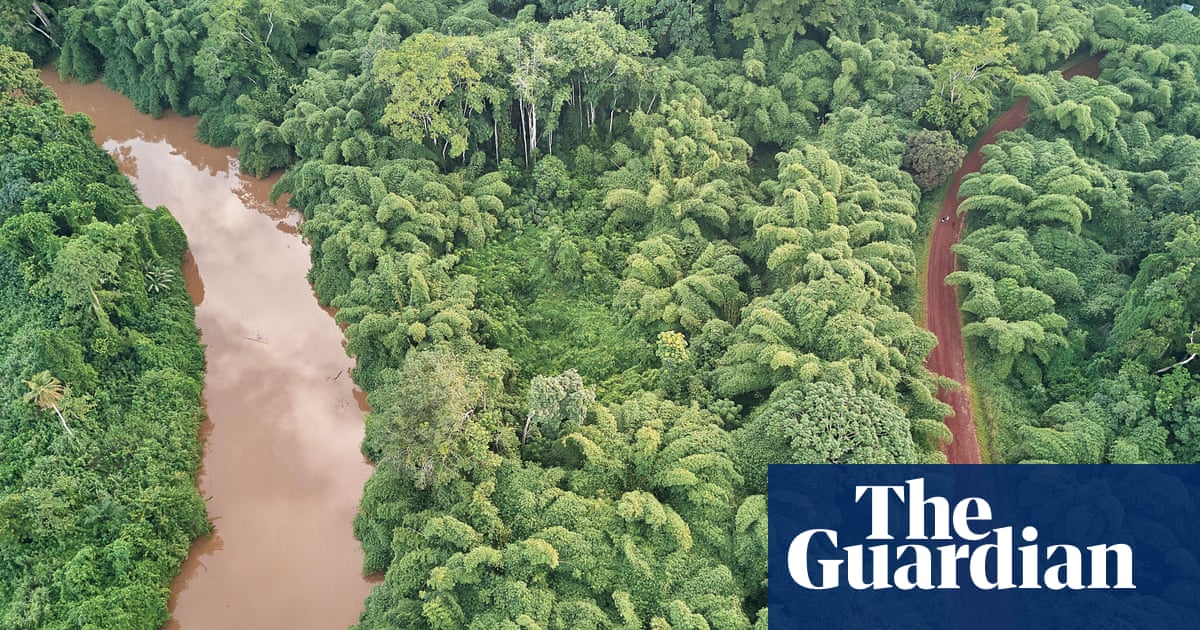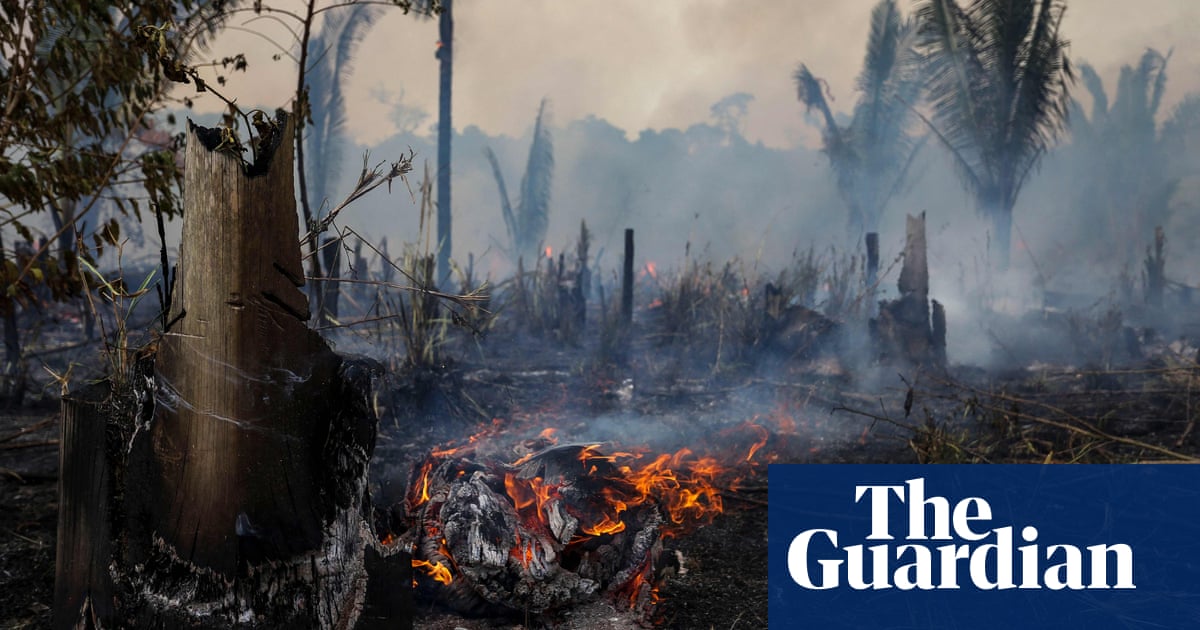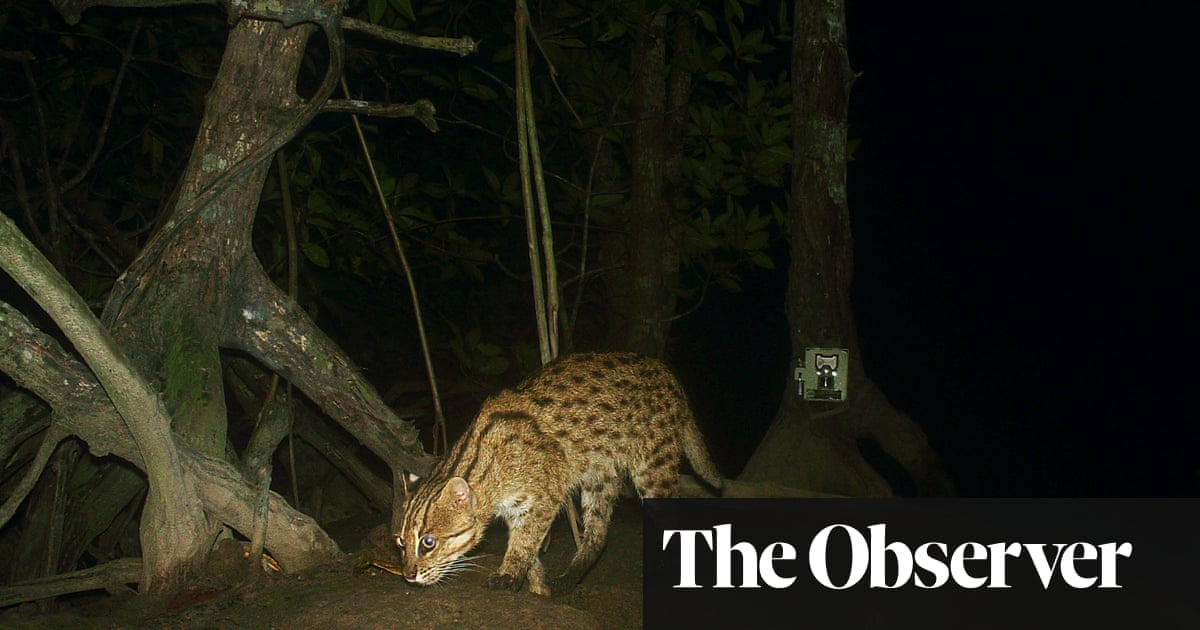
Just 2% of rainforest tree species account for 50% of the trees found in tropical forests across Africa, the Amazon and south-east Asia, a new study has found.
Mirroring patterns found elsewhere in the natural world, researchers have discovered that a few tree species dominate the world’s major rainforests, with thousands of rare species making up the rest.
Led by University College London researchers and published in the Nature journal, the international collaboration of 356 scientists uncovered almost identical patterns of tree diversity across the world’s rainforests, which are the most biodiverse places on the planet. The researchers estimate that just 1,000 species account for half of Earth’s 800 billion trees in tropical rainforests, with 46,000 species making up the remainder.
“Our findings have profound implications for understanding tropical forests. If we focus on understanding the commonest tree species, we can probably predict how the whole forest will respond to today’s rapid environmental changes,” said the lead author, Declan Cooper, from the UCL centre for biodiversity and environment research. “This is especially important because tropical forests contain a tremendous amount of stored carbon, and are a globally important carbon sink.”
The team of scientists demonstrated that while African tropical forests have fewer total species compared with the Amazon and south-east Asia, their diversity follows the same pattern. The analysis is based on more than 1m tree samples across 2,048 hectares (5,050 acres) of rainforest at 1,568 locations. They found that about 2.2% species made up 50% of the trees across the biome.
Prof Bonaventure Sonké of the University of Yaoundé I in Cameroon, said: “The fact that African forests do not have so many species compared with Amazonian and south-east Asia forests is well known, but we also find that they have the same proportion of species that are common, which points to the existence of fundamental rules that all the world’s tropical forests comply with.”
Researchers said the findings indicate that a mechanism may govern the assembly of all the world’s tropical forests. They plan to focus future work on identifying the potential rule, given the geographic differences of the forests they studied. African tropical forests experience a drier, cooler climate than the two other regions, while those in south-east Asia are spread across disconnected islands. The Amazon is a large region of connected forests in which humans have been living for a shorter time than the other regions.
The senior author, Prof Simon Lewis of UCL’s geography school and the University of Leeds, said: “We wanted to look at tropical forests in a new way. Focusing on a few hundred common tree species on each continent, rather than the many thousands of species that we know almost nothing about, can open new ways to understand these precious forests.
“This focus on the commonest species should not take away from the importance of rare species. Rare species need special attention to protect them, but quick and important gains in knowledge will come from a scientific focus on the commonest tree species.”
Find more age of extinction coverage here, and follow biodiversity reporters Phoebe Weston and Patrick Greenfield on X for all the latest news and features












